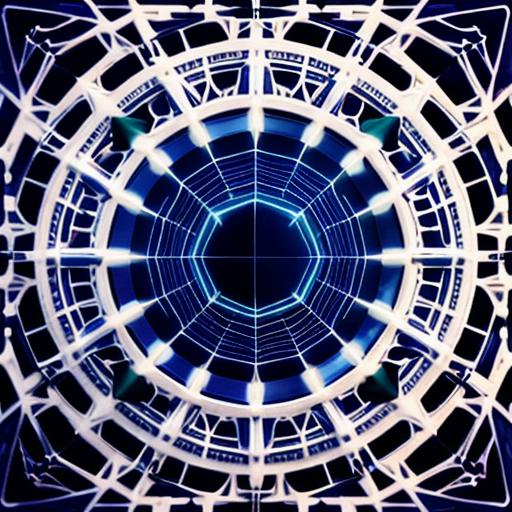
The world is changing rapidly, and technology is at the forefront of this change. One of the most exciting developments in recent years has been the rise of decentralized web (Web3) technologies, which offer a more secure, transparent, and decentralized way for people to interact with each other and share information online.
But what exactly is Web3? And how does it work? In this article, we will explore the basics of Web3 and its potential to revolutionize the way we use the internet. We will also look at real-life examples of companies and projects that are already leveraging Web3 technologies to create new opportunities for businesses and consumers alike.
What is Web3?
Web3 refers to a set of decentralized technologies that are designed to replace the centralized infrastructure that powers the current version of the internet (Web2). In other words, Web3 is a new way to build and use the internet that is more secure, transparent, and decentralized.
At its core, Web3 is built on blockchain technology, which is a distributed ledger system that allows for secure, transparent, and tamper-proof record keeping. By using blockchain, Web3 technologies can create a new type of internet that is more resilient to censorship and control by governments or other centralized authorities.
Web3 technologies also use smart contracts, which are self-executing contracts with the terms of the agreement directly written into lines of code. This enables developers to build applications that are secure, transparent, and trustworthy, without the need for intermediaries like banks or payment processors.
Real-Life Examples of Web3 Technologies in Action
There are already many examples of companies and projects that are using Web3 technologies to create new opportunities for businesses and consumers alike. Here are a few real-life examples:
- Decentralized Finance (DeFi): One of the most exciting applications of Web3 technology is decentralized finance (DeFi), which allows people to access financial services like lending, borrowing, and trading without the need for intermediaries like banks or payment processors. DeFi platforms like Uniswap, MakerDAO, and Compound are already being used by millions of people around the world to access financial services in a more secure, transparent, and decentralized way.

-
Non-Fungible Tokens (NFTs): Another popular application of Web3 technology is non-fungible tokens (NFTs), which are unique digital assets that can be bought, sold, and traded on blockchain platforms like OpenSea and Rarible. NFTs have already been used to sell everything from art and collectibles to real estate and even virtual real estate.
-
Decentralized Storage: Web3 technologies are also being used to create decentralized storage solutions that allow people to store their data securely and privately on a distributed network of computers, rather than on a centralized server controlled by a single company or government. One example is Filecoin, a decentralized storage platform that uses blockchain technology to enable secure, transparent, and decentralized data storage.
The Future of Web3
As more and more companies and projects continue to adopt Web3 technologies, it is clear that the future of the internet is now. Web3 offers a new way to build and use the internet that is more secure, transparent, and decentralized, which will enable people to interact with each other and share information online in a more meaningful and empowering way.
However, there are also challenges associated with Web3 technologies, such as scalability issues and regulatory uncertainty. As Web3 continues to evolve, it will be important for developers, policymakers, and other stakeholders to work together to address these challenges and ensure that Web3 technologies are used in a responsible and ethical way.
Summary
In conclusion, Web3 is the future of the internet, and it offers a new way to build
